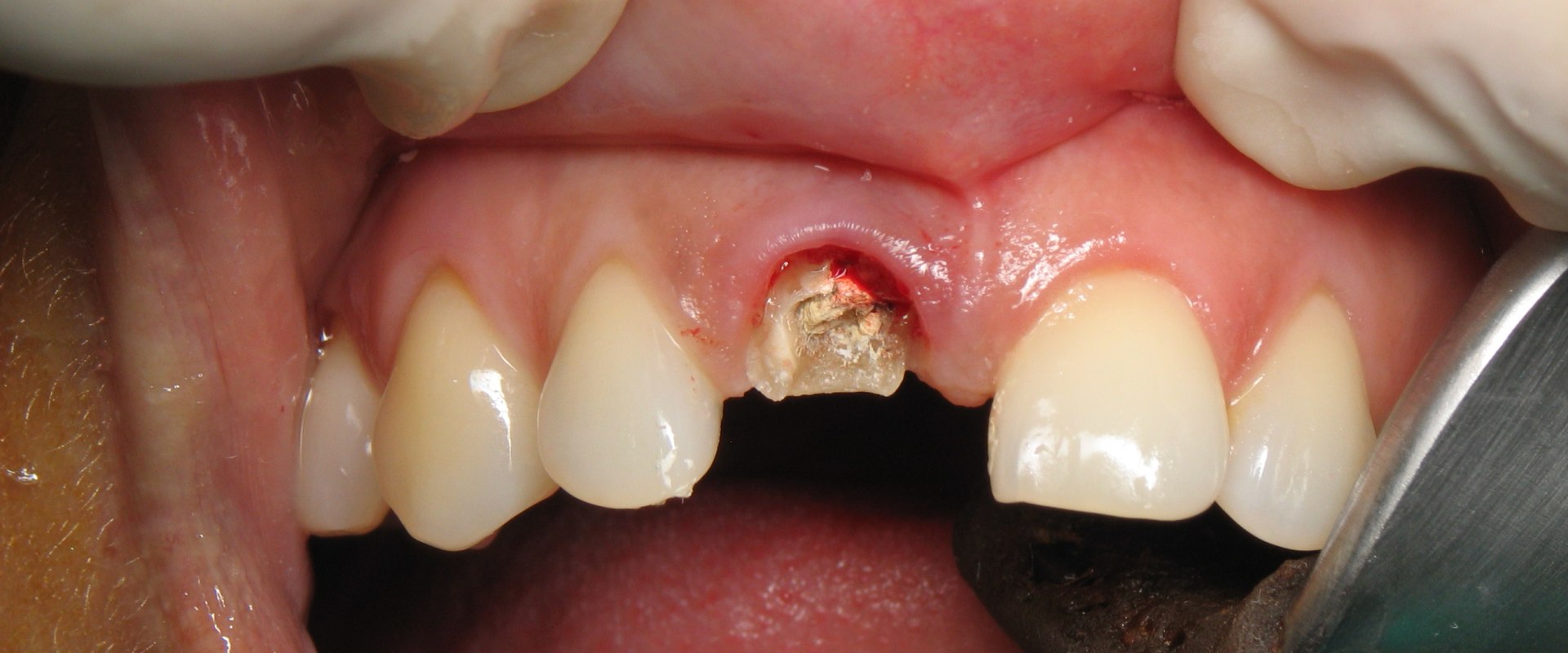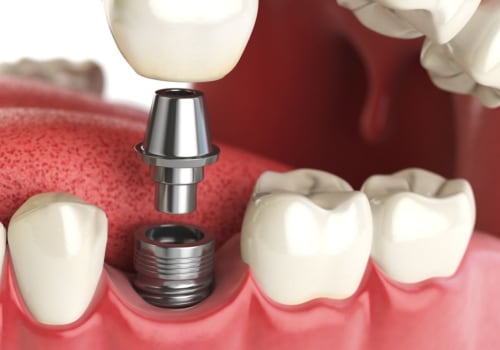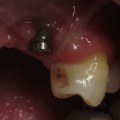Dental implants are one of the most effective and long-lasting solutions for replacing missing teeth. They involve surgically placing a titanium post into the jawbone to serve as a sturdy foundation for an artificial tooth. While the procedure offers exceptional results, patients often wonder how long the entire process takes from start to finish. The timeline can vary depending on the patient’s oral health, healing ability, and whether additional procedures are needed before implant placement.
Initial Consultation and Preparation
The journey begins with a comprehensive dental examination that includes X-rays, scans, and a discussion of treatment goals. During this phase, your dentist evaluates bone density and gum health to determine if you’re a suitable candidate for implants. If the bone is insufficient, a bone graft may be recommended, which can add several months to the timeline since healing must occur before the implant is placed. At this stage, you’ll also receive a personalized treatment plan detailing the steps and estimated duration.
Surgical Placement of the Implant
The surgical placement is usually performed under local anesthesia or sedation. The dentist inserts the titanium post into the jawbone through a small incision in the gum. This procedure typically takes one to two hours per implant, but the real time investment comes afterward. Once the implant is placed, a process called osseointegration begins. This is when the bone fuses with the titanium post, creating a stable foundation for the crown. Osseointegration can take anywhere from three to six months, depending on individual healing rates.
Healing Period and Temporary Solutions
During the healing phase, you may be given a temporary crown or bridge to maintain the appearance of your smile. It’s essential to follow your dentist’s instructions for oral hygiene and diet to ensure optimal healing. Factors such as age, health conditions, and smoking habits can influence the length of this stage. Patients who heal more quickly may be able to move on to the next step sooner, while others might require extra time before proceeding.
Attaching the Abutment and Crown
After successful osseointegration, the next step is placing the abutment—a small connector that attaches the implant post to the crown. This minor procedure usually requires a short healing period of one to two weeks for the gums to adapt. Finally, a custom-made crown is fabricated and securely attached to the abutment. This crown is designed to match the color, shape, and size of your natural teeth for a seamless look.
Overall Timeline and Professional Guidance
From initial consultation to the final placement of the crown, the dental implant process typically takes four to nine months. In cases where bone grafting or other preparatory procedures are needed, the timeline can extend up to a year. Working with experienced professionals, such as those specializing in Stomatologie Piatra Neamt, ensures that each stage is performed with precision, maximizing both function and aesthetics.
Final Thoughts
While dental implants require a significant time investment, their durability, functionality, and natural appearance make them one of the best long-term solutions for missing teeth. Patience throughout the process is rewarded with a strong, beautiful smile that can last a lifetime with proper care.







